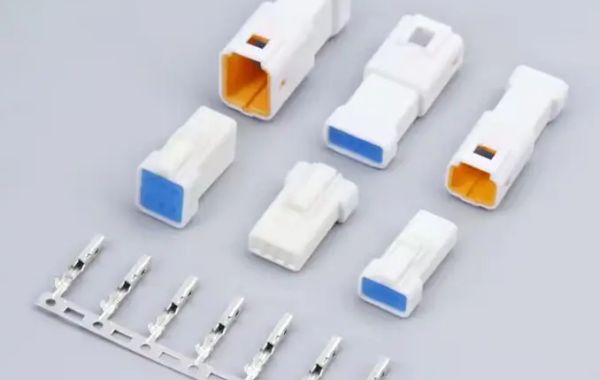Connector components are essential elements in various electrical and electronic systems. They play a vital role in establishing connections between wires and devices, ensuring efficient power transfer and signal transmission. These components come in various shapes and sizes, each designed for specific applications.
A key aspect of connector components is their ability to create secure connections that can withstand environmental factors such as temperature fluctuations, moisture, and vibrations. Many connectors feature locking mechanisms that prevent accidental disconnection, enhancing the reliability of the system.
Materials used in connector components vary widely, ranging from metals like copper and aluminum to plastics. The choice of material impacts both the electrical conductivity and durability of the connector. For instance, gold plating is often used to improve corrosion resistance and enhance connectivity in high-performance applications.
Additionally, connectors are categorized into various types, including circular, rectangular, and modular connectors. Each type has its unique advantages and is suited for different environments and requirements. Modular connectors, for instance, are commonly used in telecommunications and networking due to their versatility.
Overall, understanding the function and characteristics of connector components is crucial for engineers and designers. By selecting the appropriate connectors, they can ensure that their systems operate effectively and reliably, meeting the demands of modern technology.








